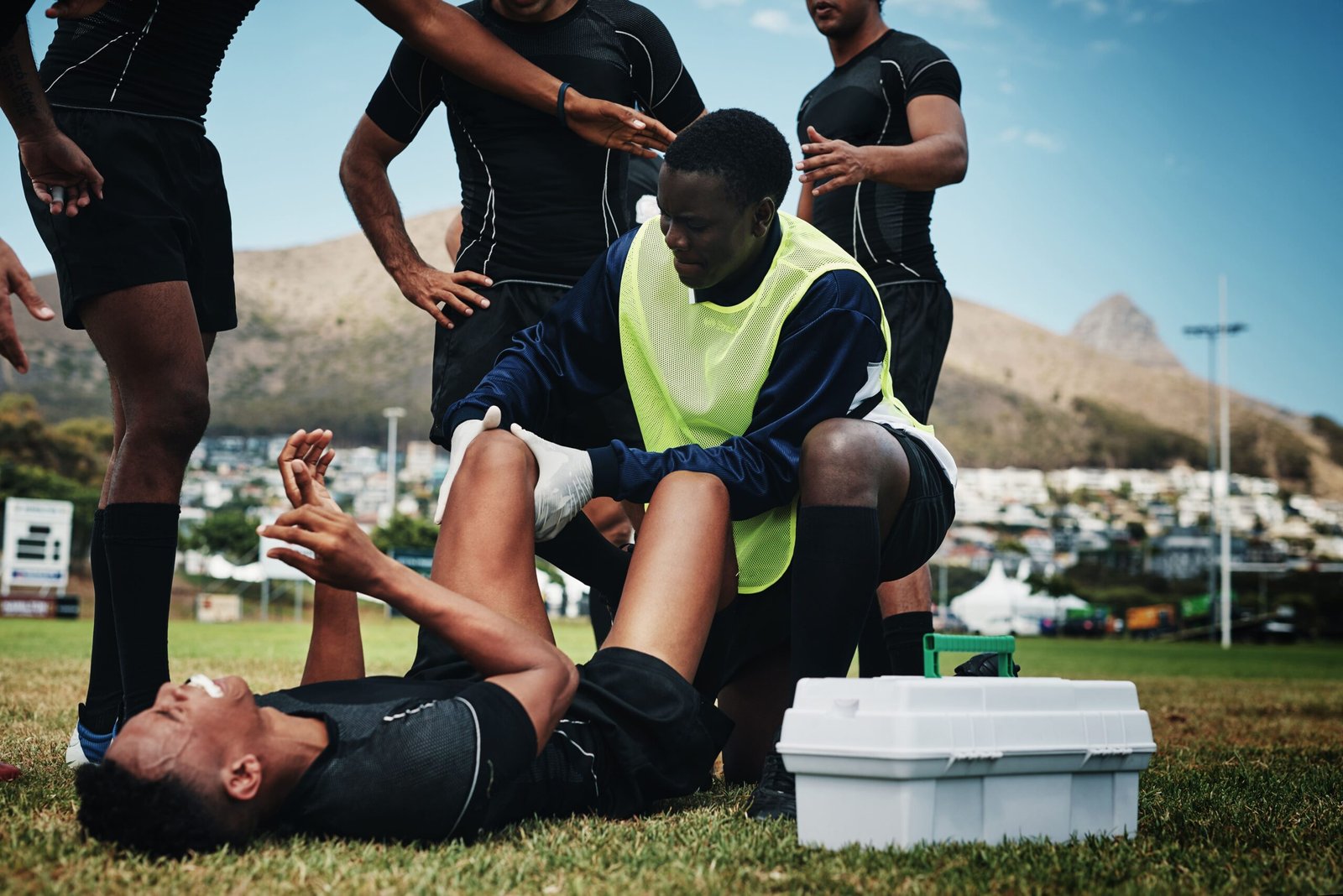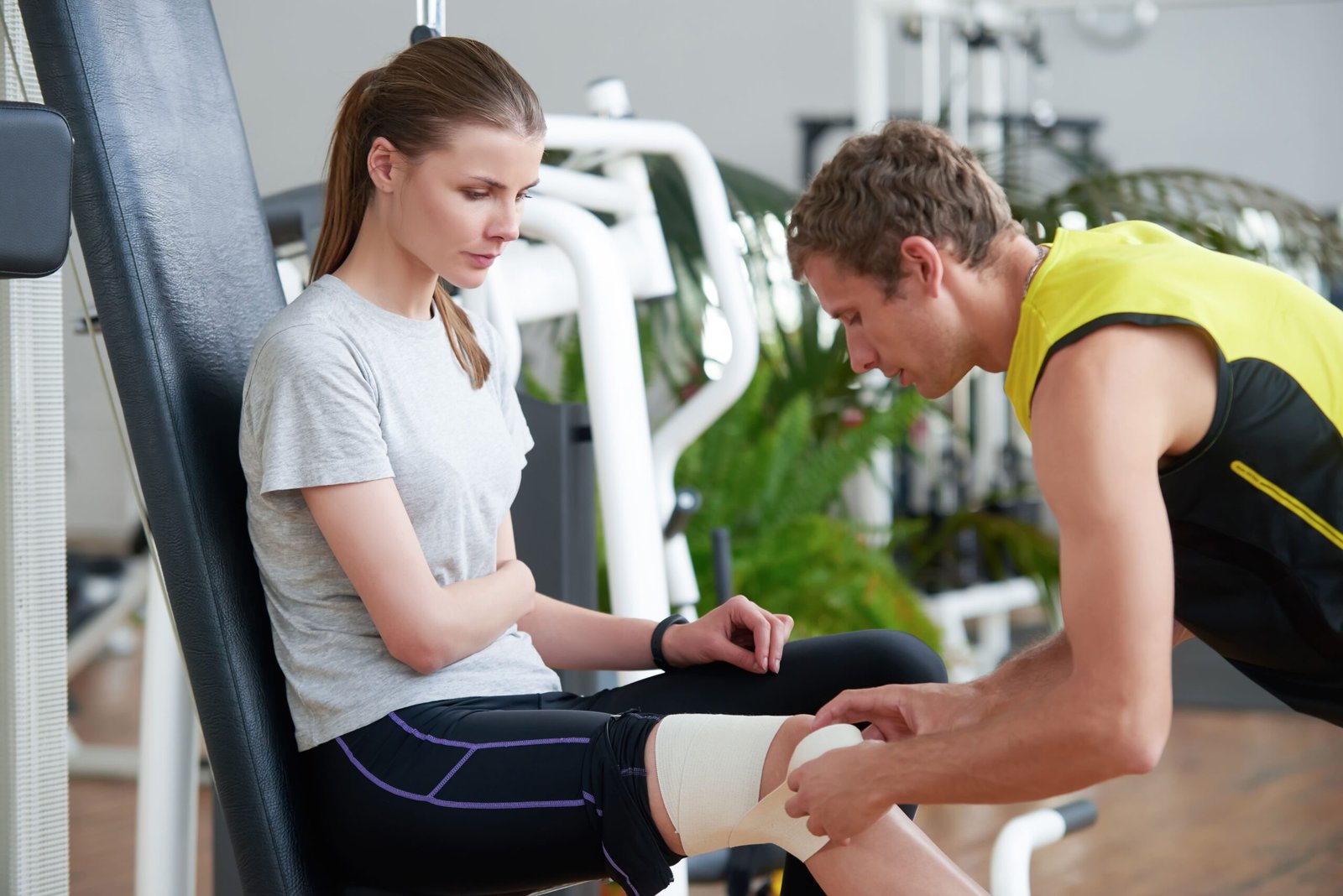Sports are synonymous with health, Practicing sports is synonymous with health, well-being, and personal growth. However, whether at a professional or amateur level, physical activity always carries risks. These risks range from minor muscle discomfort to serious joint damage. As a result, any setback can reduce performance and even limit activity for weeks or months.
Fortunately, many of these injuries can be prevented thanks to physiotherapy and sports podiatry. Through a comprehensive approach that combines biomechanical assessments, targeted exercises, and personalized care, it is possible to reduce risks and boost athletic performance.
In this article, you will learn how to prevent injuries with the support of specialists in physiotherapy and sports podiatry, which factors influence their appearance, and what habits you can adopt to stay active without interruptions.
Most Common Risk Factors in Sports Injuries
Not all injuries occur due to accidents; in many cases, they are the result of cumulative factors that could be prevented:
-
Poor sports technique (e.g., running with improper foot strike).
-
Muscle overload from excessive training or insufficient rest.
-
Inappropriate footwear that lacks support and cushioning.
-
Muscular imbalances that affect posture.
-
Uneven or hard training surfaces.
-
Lack of warm-up or stretching before and after activity.
Sports physiotherapy and podiatry focus precisely on these factors, correcting and preventing them before they develop into serious injuries.
The Role of Physiotherapy in Injury Prevention
Sports physiotherapy is not only about rehabilitation after an injury but also about proactive prevention. Some of its main contributions include:
✔️ Functional and movement assessment
The physiotherapist analyzes the athlete’s movements, detecting mobility limitations, incorrect postures, or compensations that could lead to injury.
✔️ Strengthening and stability exercises
Personalized programs that reinforce stabilizing muscles, especially in the knees, ankles, and lower back.
✔️ Recovery techniques
Sports massage, assisted stretching, and therapies such as dry needling, electrotherapy, or cryotherapy help reduce fatigue and accelerate recovery.
✔️ Education and healthy habits
The physiotherapist teaches self-care techniques, warm-up routines, and postural hygiene practices applicable both in sports and daily life.
The Importance of Sports Podiatry
The feet are the foundation of all movement. With every run, jump, or turn, they bear a load of up to four times the body weight. Sports podiatry plays a key role in injury prevention because it:
-
Performs biomechanical gait analysis to study how the feet support the body when walking and running.
-
Detects alterations such as pronation, supination, or flat feet, which can cause pain in the ankles, knees, or hips.
-
Designs custom orthotic insoles to correct imbalances and redistribute pressure.
-
Recommends the most suitable footwear depending on the sport (running, football, padel, cycling, etc.).
Poor foot support not only causes local problems (such as plantar fasciitis) but can also lead to injuries further up the chain in the knees, hips, and back.
Most Common Sports Injuries and How to Prevent Them
Among the most frequent injuries in athletes and active individuals are:
-
Plantar fasciitis: Pain in the sole of the foot, preventable with custom insoles and specific stretching exercises.
-
Achilles tendinitis: Caused by overload and poor running technique.
-
Ankle sprains: Common in high-impact sports; preventable with proprioception exercises and appropriate footwear.
-
Knee injuries (chondromalacia, tendinopathies): Preventable through muscle strengthening and biomechanical correction.
-
Lower back pain: Often linked to postural imbalances, which physiotherapy helps to correct.
Benefits of Prevention with Physiotherapy and Podiatry
Investing in prevention offers multiple benefits:
-
Reduced risk of recurring injuries.
-
Improved sports performance by optimizing body mechanics.
-
Faster recovery after intense training sessions.
-
Greater body awareness, correcting poor habits.
-
Safety and confidence to practice sports without fear of pain.
Practical Tips for Athletes and Active Individuals
Here are some simple yet effective guidelines:
-
-
Get a biomechanical assessment at least once a year.
-
Invest in quality sports footwear suited to your activity.
-
Include strength and stability exercises in your routine.
-
Never skip warm-ups before and stretching after workouts.
-
Ensure proper rest — the body also strengthens during recovery.
-
Consult regularly with a physiotherapist and sports podiatrist.
-
Conclusion
Sports practice is one of the best investments in health, but it requires responsibility and prevention. Thanks to physiotherapy and sports podiatry, it is possible to anticipate injuries, improve technique, optimize performance, and enjoy physical activity without limitations.
At InOne Physiotherapy and Podiatry, we provide a comprehensive approach for athletes and active individuals, offering biomechanical gait assessments, custom orthotic insoles, and preventive physiotherapy programs tailored to each need.
Because preventing an injury will always be better than treating one — and with proper care, you can continue enjoying sports with safety and confidence.




